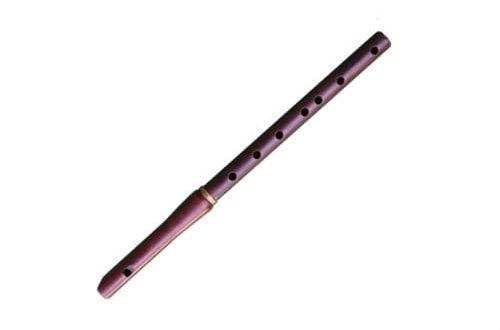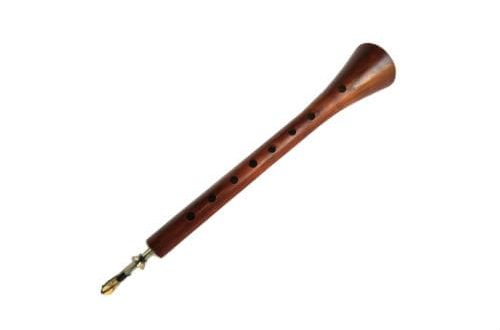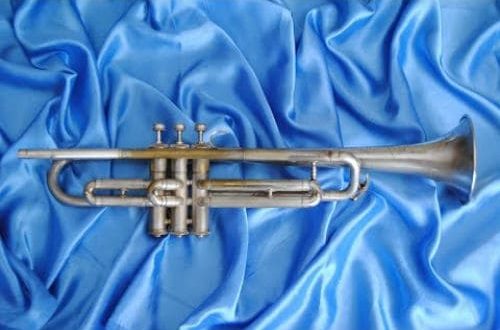
Fujara: description of the instrument, composition, history, how to play
Fujara is a Slovak folk musical instrument. Class – whistling longitudinal flute. Technically, this is a double bass among its class. Fujara is called the “queen of Slovak instruments”. The sound is compared to a royal solemn voice.
The history of the instrument dates back several centuries. The ancestor of the Slovak flute is the gothic bass pipe. It was distributed in Europe in the XII century. Bass pipes were small in size.
An improved model, which became a fujara, appeared in the central region of Slovakia – Podpoliana. The flute was originally played by shepherds. After a few centuries, professional musicians began to use it.

The Slovak flute is created by musical masters with their own hands. Priority models – 2 m. To make a fujara, the master dries the wood for 1 month. After drying, assembly begins. Body materials – maple, robinia.
The fujar is played standing up. Hold vertically. The lower part of the structure is opposite the right thigh. There are 2 types of Play: Wallachian, Laznice.
Length – 160-210 mm. Build – A, G, F. 3 holes for fingers are cut out in the lower part of the body. An alternative name is tone holes. The sound is produced by the breathing mechanism. The air passes through a small parallel tube located on the main body of the instrument. The original name of the tube is vzduchovod. Translation – “air channel”.
The sound chamber is made with a high aspect ratio. The musician can use the overtones to play the diatonic using the 3 tone holes.





